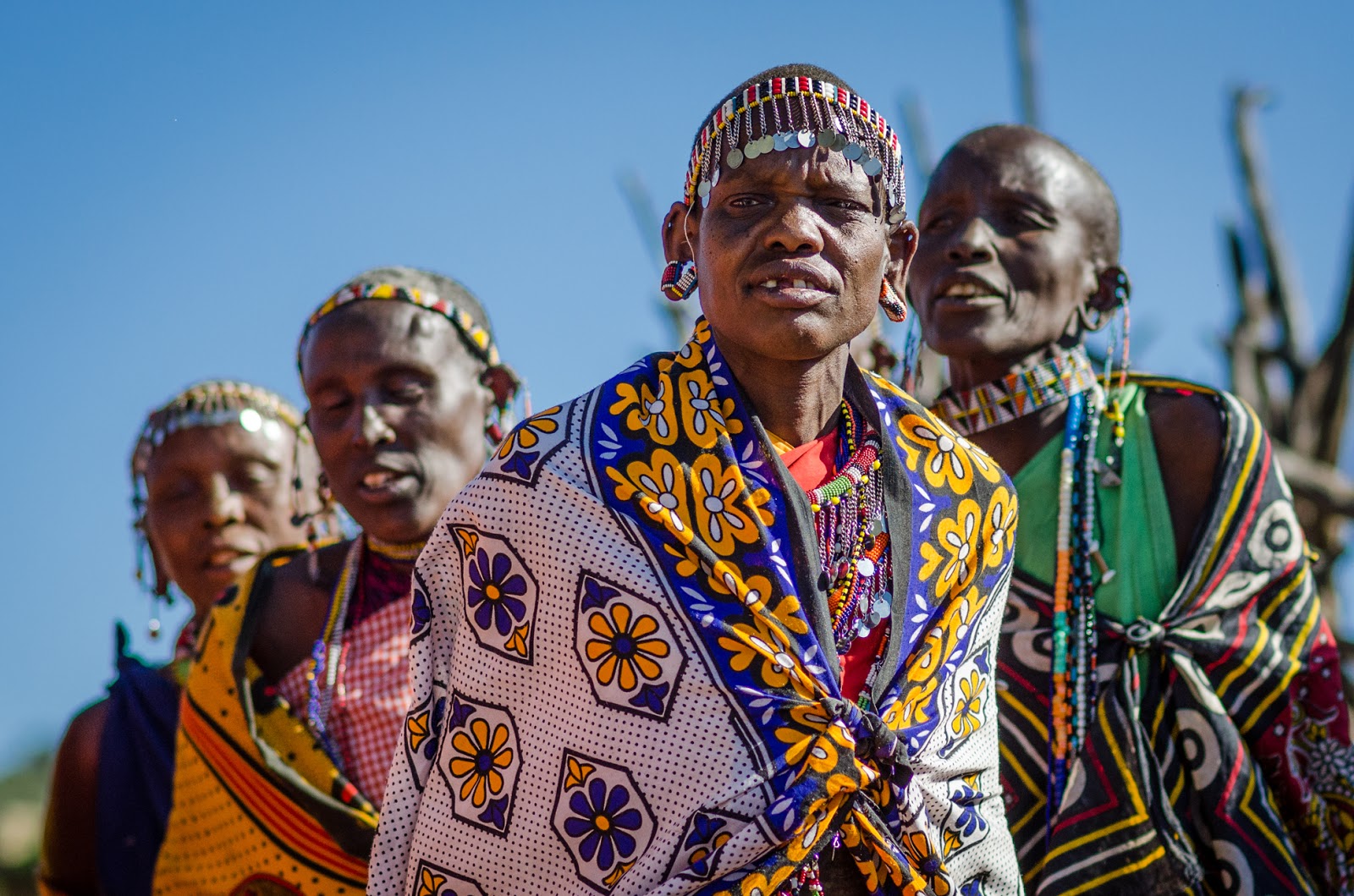Kenya is a nation renowned for its breathtaking landscapes and rich wildlife, but it is also home to a remarkable tapestry of tribes that contribute to its cultural heritage. With over 40 distinct ethnic groups, each tribe possesses its own unique traditions, languages, and customs that have been preserved through generations. Understanding the tribes in Kenya offers an insight into the country's identity and the richness of its cultural diversity.
In this article, we will delve into the fascinating world of Kenyan tribes, exploring their histories, lifestyles, and the challenges they face in the modern world. We will also highlight the significance of cultural preservation and the role of tourism in promoting these vibrant communities. Whether you are a traveler looking to immerse yourself in local culture or a student of anthropology, this exploration of tribes in Kenya promises to be enlightening.
Join us as we embark on a journey through the heart of Kenya, where the stories of these tribes unfold, revealing the strength and resilience of their people. From the colorful attire of the Maasai to the intricate beadwork of the Samburu, each tribe tells a story worth sharing. Let’s uncover the beauty and complexity of the tribes in Kenya.
Table of Contents
- Overview of Tribes in Kenya
- Major Tribes in Kenya
- The Maasai Tribe
- The Samburu Tribe
- The Kikuyu Tribe
- The Luo Tribe
- Cultural Significance of Kenyan Tribes
- Challenges Facing the Tribes
- Conclusion
Overview of Tribes in Kenya
Kenya is a melting pot of cultures, with over 40 different tribes, each contributing to the nation’s cultural diversity. The tribes in Kenya can be grouped into three main categories: Bantu, Nilotic, and Cushitic. Each group has its own languages, traditions, and histories that reflect their unique experiences.
Major Tribes in Kenya
The major tribes in Kenya include the Kikuyu, Maasai, Luo, Kalenjin, and Samburu. These tribes not only represent the largest populations but also play significant roles in the socio-economic and political landscape of the country.
The Maasai Tribe
The Maasai are perhaps the most famous of the Kenyan tribes, known for their distinctive customs and dress. They are semi-nomadic pastoralists who primarily inhabit the southern region of the country and parts of northern Tanzania. The Maasai are renowned for their vibrant beadwork, traditional dances, and unique social structure.
- Language: Maa
- Population: Approximately 1 million
- Livelihood: Cattle herding and agriculture
The Samburu Tribe
Closely related to the Maasai, the Samburu tribe resides in the northern part of Kenya. Their culture is similar to that of the Maasai, but they have distinct customs and traditions. The Samburu are known for their colorful attire and intricate beadwork.
- Language: Samburu
- Population: Approximately 200,000
- Livelihood: Pastoralism and trading
The Kikuyu Tribe
The Kikuyu are the largest ethnic group in Kenya, primarily residing in the central region. They are known for their agricultural practices and played a crucial role in the country's fight for independence. The Kikuyu culture is rich in traditions, including music, dance, and crafts.
- Language: Gikuyu
- Population: Approximately 7 million
- Livelihood: Agriculture and business
The Luo Tribe
The Luo tribe is known for their fishing and farming practices, primarily residing around Lake Victoria. They have a rich history and are known for their vibrant music and dance, which play an essential role in their cultural expression.
- Language: Dholuo
- Population: Approximately 2 million
- Livelihood: Fishing and agriculture
Cultural Significance of Kenyan Tribes
The tribes in Kenya significantly contribute to the nation's cultural heritage. Their customs, languages, and traditions are a source of pride and identity for the Kenyan people. Cultural practices such as traditional ceremonies, music, and dance not only preserve the history of these tribes but also attract tourists from around the world.
Moreover, the art and crafts produced by these tribes, including beadwork, pottery, and textiles, showcase their creativity and skills, providing economic opportunities for many families.
Challenges Facing the Tribes
Despite their rich heritage, many tribes in Kenya face numerous challenges, including land disputes, climate change, and modernization. The encroachment of urbanization and agricultural expansion has led to the loss of traditional lands, threatening their way of life.
Additionally, younger generations are increasingly moving to urban areas for better opportunities, leading to a decline in traditional practices and languages. Efforts are being made to preserve these cultures, but the challenges remain significant.
Conclusion
Understanding the tribes in Kenya is crucial for appreciating the country’s rich cultural landscape. From the Maasai to the Kikuyu, each tribe offers a unique perspective on life, tradition, and resilience. By supporting cultural preservation and responsible tourism, we can help ensure that these vibrant communities continue to thrive for generations to come.
We invite you to share your thoughts in the comments below, and don't forget to explore more articles on our site to deepen your understanding of the world around you.
Thank you for taking the time to learn about the tribes in Kenya, and we hope to see you back here soon for more insights into the diverse cultures of our planet.
Article Recommendations
- Death Of Will Smith
- Exploring The Mystery Who Was Chip Gaines First Wife
- Horton Family In Days Of Our Lives An Indepth Look At Their Legacy And Impact


